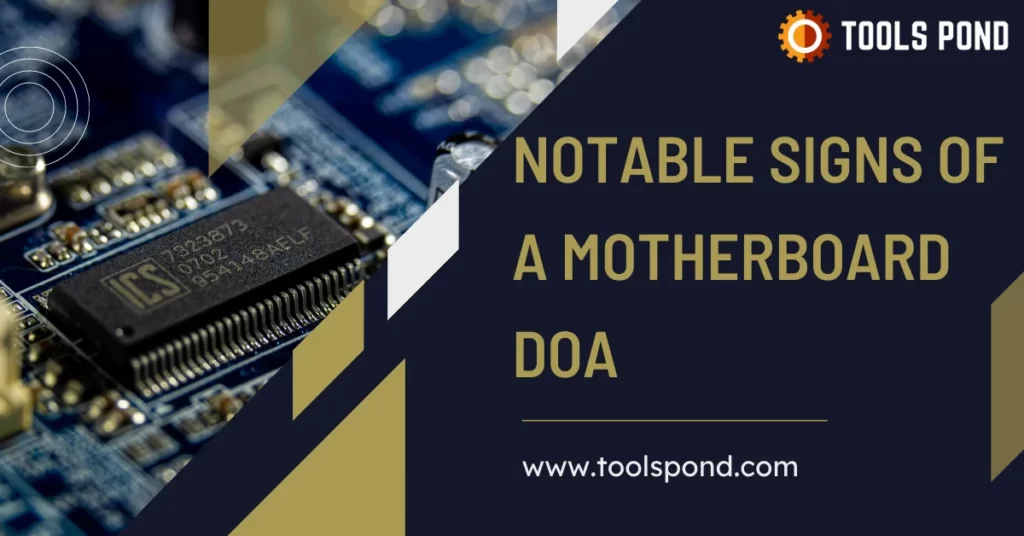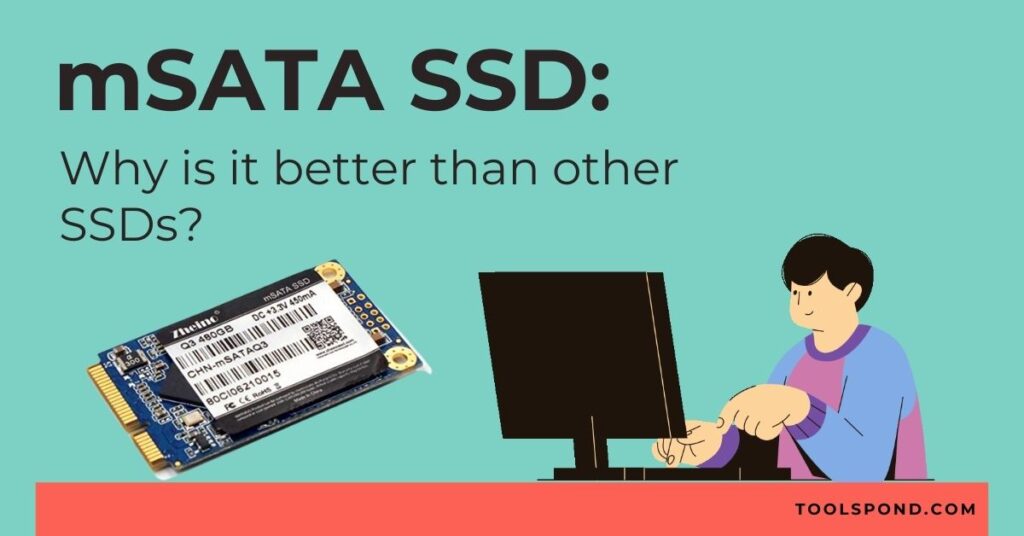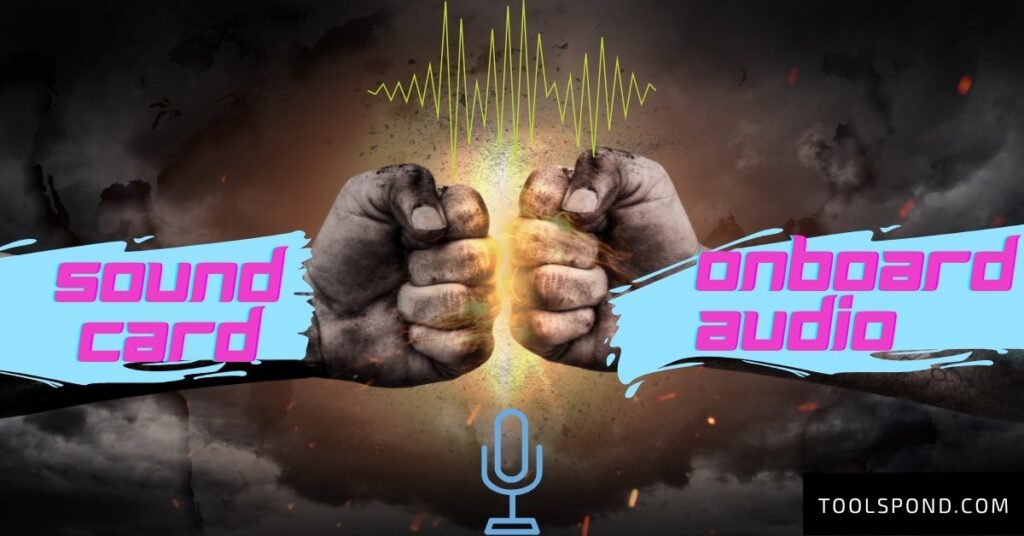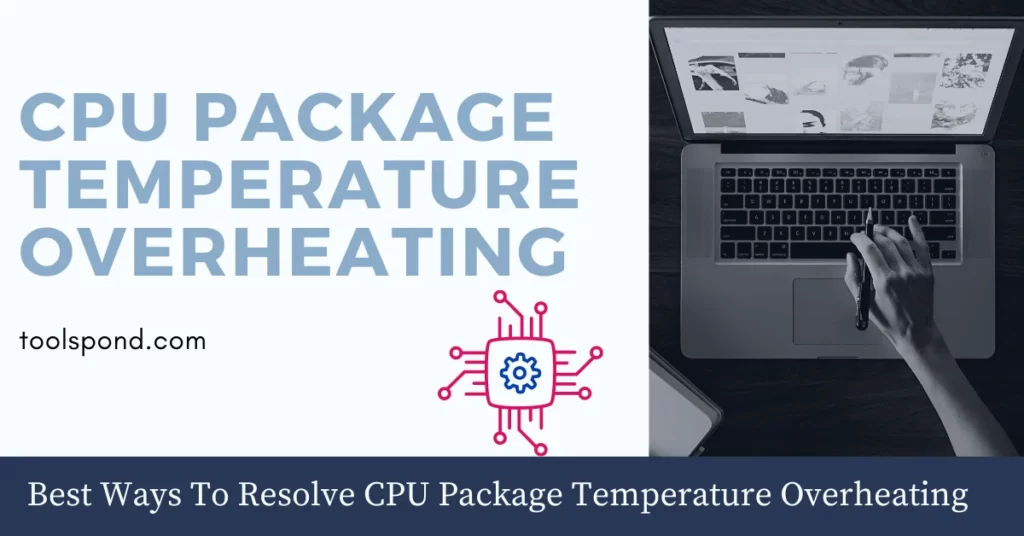Motherboard DOA, or Motherboard Dead On Arrival, is a condition when a customer buys a motherboard online off the Internet, and when it arrives, it just doesn’t work. People who purchase prebuilt PCs need not worry about this kind of situation as their motherboards are prefixed and tested OK… Still, for enthusiasts or people who wish to build their system from scratch, Motherboard DOA can be a reason for some concerns. It is not very common to encounter such an incident as most of the trusted manufacturers and vendors test their motherboards as per standards before shipping them out to the market. In this article, we will explore the topic of motherboard DOA in some detail.
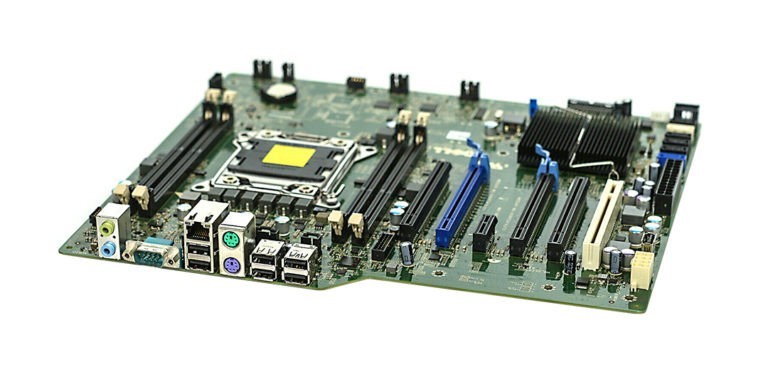
Contents
Signs and symptoms of Motherboard DOA
The first sign that your motherboard is dead on arrival is your system not booting up, but just because your system boots up doesn’t mean that everything is A-OK with your motherboard. There could be minor faults in your motherboard that might show up after the system has booted up in the operating system. The following are the few notable signs of a motherboard DOA if the system boots or not.
- Unable to boot the system at all.
- BIOS not loading.
- No beep sound on Power-up.
- No LED blinking on Power-up.
- Physical Damage on the Board. Such as a curve in the board, swollen capacitors, visible deshouldering, broken slots, etc.
- Burning odour from the board.
- Over heating just after turing on the power.
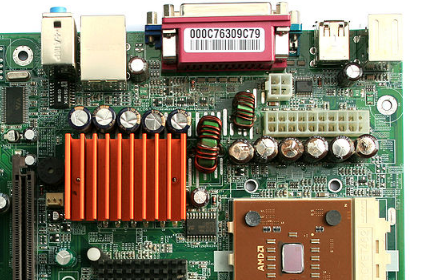
The points mentioned above are the symptoms of a DOA motherboard if the system is not booting. The following are the symptoms of an unhealthy motherboard even when the system boots up.
- Sudden BSODs while using the system normally.
- Automatic restart of the system without any reason.
- Unable to recognize harware and other peripheral devices.
- Abnormal Overheating of the CPU or other components.
- Abnormal beeping sounds on Power-ups.
- Glitches while using the computer.
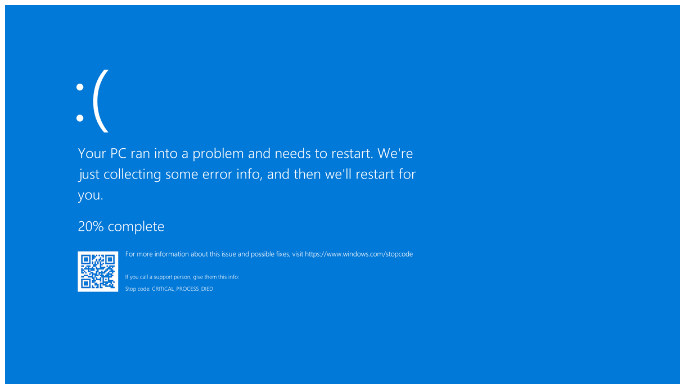 BSOD on windows.” class=”wp-image-6375″/>
BSOD on windows.” class=”wp-image-6375″/>Motherboard DOA: Things to check.
If your brand new motherboard just arrived and is not working, the motherboard doesn’t need to be broken or dead on arrival. There can be other factors also that can cause the motherboard not to work at all. Therefore before landing on any conclusion regarding the motherboard, it is good to check a few things that might be causing the issue. Check the following things before being concerned about your motherboard DOA.
- The first things to look in your motherboard is not working is the wall mount or the power outlet of your home. Check if your power outlet is properly working and is providing stable voltage supply to the PSU.
- The Second thing to check, is your PSU (Power Supply Unit), Sometimes overused PSUs become weak overtime and are unable to provide required sufficient power to the system and the system doesn’t boot.
- Another thing to check is the CPU compatibility, not every motherboard is compatible with every generation or model of CPU. Check the description of the motherboard to see if it compatible with the processor you are trying to put in it.
- Now memory sticks, check the RAM module compatibility also not only with the motherboard but also make sure that the CPU and RAM are also compatible with each other.
- If your are using multiple memory sticks then try sticking only one while switching between the slots to see it the system boots up.
- Check your CPU case’s power button if it is working or not.
- Unplug the Graphics Card (if any) and try to boot from the on board display output.
- If onboard display have both HDMI and VGA outputs then try switching from one to another.
- Check the CMOS battery on the motherboard, if it is discarged replace it with a new one.
- If the system boots up but crashes then try to update the BIOS as per your manufacturer’s website.
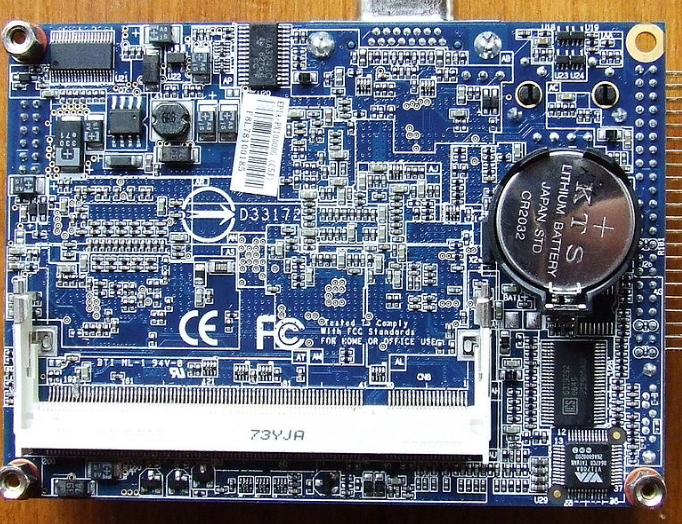
Motherboard DOA Rate
So you might be asking yourself, What are the odds of a motherboard DOA? The answer is shallow indeed. Mathematically speaking, the odds of a new buyer receiving a dead motherboard is almost 1 in a hundred. Manufacturing a motherboard is a highly complicated task, and tech companies put a lot of effort into it. Before leaving the factory, each of the motherboards is quality tested on several standards. The chances of a customer receiving a dead motherboard is less than 1 percent.
Motherboard DOA: What to do now?
You bought a motherboard, and unfortunately, you turned out to be an unlucky person who had to face a motherboard DOA situation. What should you do now? There are a few things you could do in this scenario. Try the following tips.
- If you bought the motherboard from a local vendor or shop, then try to contack to the staff and inform about your situation.
- If you bought the board online, then check the the return/refund policy on the product.
- Contact the customer service of the board’s manufacturer and consult your issues.
- Do not try to do anything with the board that you are not sure of, as it may void the warranty of the product.
- Most of the electronics product have warrarnty, contact the customer service to avail that.
How to avoid motherboard DOA
Even if the odds of the motherboard DOA are more minor, there are still a few things the buyers can keep in mind while purchasing to prevent themselves from such situations. Employ the following tips.
- Before making a purchase, always make sure that your other hardware such as RAM, CPU, Drives, etc are compatible with the motherboard model.
- Check the necessary power requirements of the motherboard to see if it is compatible with your PSU.
- Always buy motherboards from trusted manufactures like ASUS, Gigabytes, MSI, etc. Do not buy from untrusted manufacturers.
- if you are buying the board online, Avoid untrusted platforms always buy from a trusted platform such as Amazon.com or manufacturer’s own website.
- If the required motherboard model is available at a local vendor, then prefer the local vendor as the customer support would be better.
- Try not to buy used or refurbished motherboards unless you are really sure and trust the vendor.
Test DOA motherboard without CPU
To check if a motherboard is DOA, you can try testing it without plugging the CPU into the socket. If the motherboard is OK, you should hear a beeping noise or a blink of an LED. There will be no output on the screen if the CPU is not plugged in, but the power should still be flowing through the motherboard. The motherboard would not pass the POST test when the CPU is not connected. It is one of the ways to check if the motherboard is DOA or the CPU is incompatible with the motherboard.
FAQs on Motherboard Doa
Do motherboards come in different sizes?
Yes, there are three main sizes, ATX, microATX, and miniITX.
Which battery is used in the motherboards for CMOS?
A lithium-ion button cell, CR-2032, is typically used in the motherboards.
What do you mean by POST?
It is short for Power-on Self-Test. It is a diagnostic check that the motherboard performs to check if all the connected hardware is working correctly when the system is first booted.
Conclusion
Motherboards are the core of a computer system. If there’s anything wrong with your motherboard, then your whole system becomes useless. The scenario of dead-on-arrival motherboards is hugely less, but still, it is possible. Today, we provided you with enough information and knowledge that you would now be able to deal with this situation without much concern.


